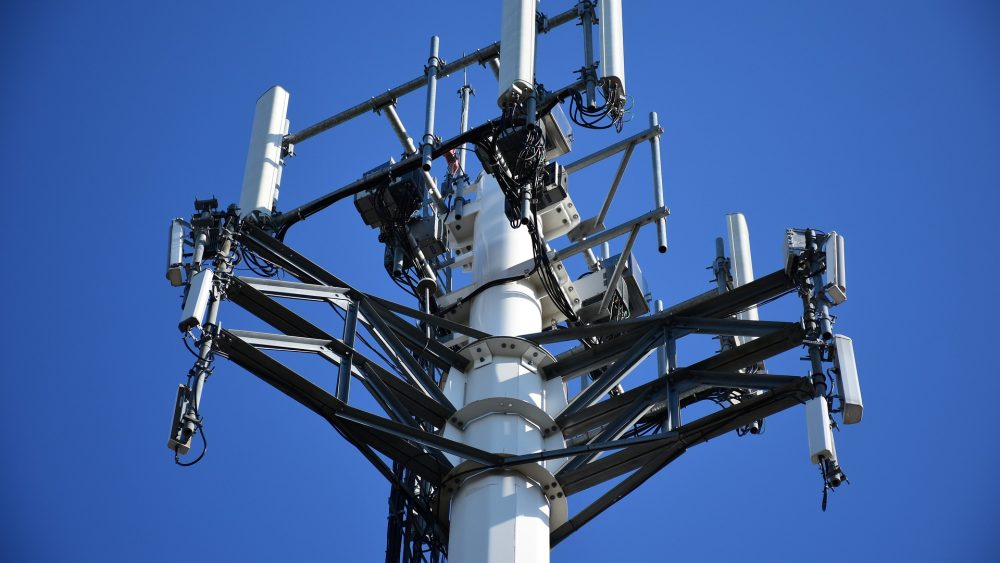Wireless and broadcast communications towers are prevalent in today’s society. In order to ensure they are functioning properly, they require regular maintenance.
In these cases, employees must regularly climb towers, sometimes to heights in excess of 2,000 feet.
A job of this nature, comes with many innate hazards, including:
- Falls from heights
- Electrical hazards
- Inclement weather (extreme heat and cold, rain, ice, snow, lightning, strong winds, etc.)
- Falling objects
- Equipment failure
- Structure collapse
Personal Protective Equipment
To keep yourself safe while climbing communications towers, it is important to ensure the use personal protective equipment (PPE), such as:
- Eye Protection (i.e. safety glasses)
- Head Protection (i.e. hard hat)
- Hearing Protection (i.e. ear plugs)
- Hand Protection (i.e. work gloves)
- Foot Protection (i.e. steel toe boots)
Training
Prior to climbing communications towers, ensure that workers are qualified and have the appropriate training to safely complete the job. Training includes (but is not limited to):
- Working at heights
- Safe rescue techniques
- Controlled descent techniques
- Fixed ropes
- Fixed ladders
Best Practices
When climbing communications towers, keep the following best practices in mind:
- Stretching prior to climbing can help you avoid strains and sprains
- Maintain 3-point contact when climbing, where possible
- Don’t climb if you are fatigued or in poor health


Comments are closed.